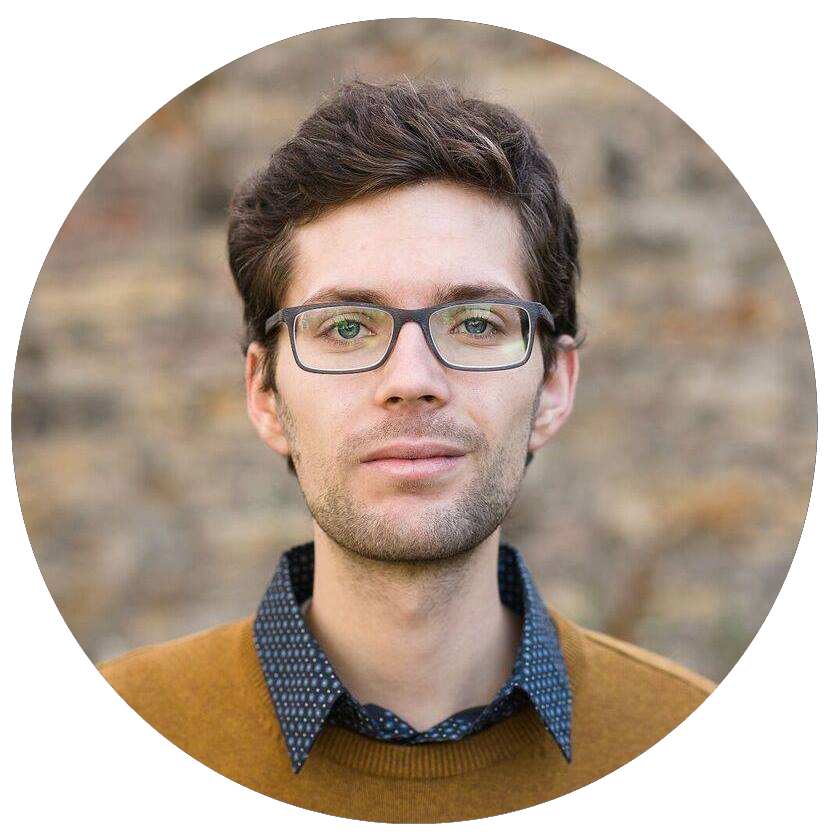Deep learning notes 06: Part-whole hierarchies with GLOM
This post if from a series of quick notes written primarily for personal usage while reading random ML/SWE/CS papers. As such they might be incomprehensible and/or flat out wrong.
GLOM: How to represent part-whole hierarchies in a neural network
- Idea paper, not an actual implementation
- How does fixed architecture parse various pictures into part/whole hierarchy that’s different for each input
- E.g. car is made of cabin, motor, …, cabin out of windows, doors, …
- How does fixed architecture parse various pictures into part/whole hierarchy that’s different for each input
- Dynamic image parsing sort-of handled by capsule networks
- First layer capsules represent/recognize lowest level features; capsule for window, door, …; second layer cabin, …
- Door and window activates cabin capsule, …
- ~discretization (active/nonactive) over implicit feature hierarchy of CNNs
- GLOM architecture: large number of same weights columns, one for each spatial location
- Each column is stack of spatially local autoencoders
- Each vertically divided into multiple (~5) levels
- Each level represents patch of image at different resolution/abstraction level
- Cat’s ear -> furr, part of ear, cat’s head, cat, … ; neck -> furr, part of neck, cat’s neck, cat
- All locations of cat’s ear will have similar second level activation, all locations in image similar last level activation
- At each level the activation is embedding vector of that feature at that location ~ CNNs but differently implemented
- Communication/inference is iterative
- Between levels (layers) of each column through explicit neural networks
- Between columns through attention mechanism
- Iterative approach/eventual consistency forces all locations of a feature to share
- For layer
l, locationx, timestept+1embedding is:e_t+1,l,x = e_t,l,x + f_td(e_t,l+1,x) f_bu(e_t,l-1,x)+<acrossLoc::below>- Last timestep + through NN (
f_td,f_bu) above and below level - NN functions (
f_td,f_bu) weights shared for the same level of all locations
- Last timestep + through NN (
- Positional encoding added to each input (similar to transformers)
- Through message passing all locations for certain feature (e.g. Cat’s ear locations) converge on ~appropriate level activation
- Multiple locations sharing n-th level activation -> an island
- Following islands from topmost level to the bottom gives us parse hierarchy
- The higher the bigger features -> the bigger islands; topmost: one island represents the whole image: class
- For across-location/cross columns information sharing: attention over the same level of all columns
- Attends not using keys/queries but similarity: Instead of
sm(QK^T)V->sm(XX^T)X - -> attends within islands -> converges towards clustering -> similar vectors forced toward similar vectors
- Attends not using keys/queries but similarity: Instead of
- Issue: on lower level similar things can share information even if they are in different parts of parse tree higher
- Possible solution: Module attention based on closeness in higher levels of parse tree (higher levels of columns) as well
- ~the further the less influential:
sm(SUM_k=0..L-l λ^k X_l+k * X_l+k^T)X
- Iterative algorithm, eventual consensus -> embeddings also update -> doesn’t discover clusters but creates them
- Designed decisions:
- Locations per patches (CNN) or even per pixel
- Bottom-up network could look at nearby location but spatial locality could also be done only by the attention mechanism
- Training
- Denoising autoencoder: reconstructing corrupted image (missing certain regions)
- To encourage islands of new identity: regularizer based on contrast learning
- Crops from same image should agree, from different images disagree -> needs to be done on scene level not lower
- Represent coordinate transformations: it’s not necessary to have explicit part-whole coordinate transformations
- Better have it implicit in higher dimensional embedding than explicit in low level (can’t model uncertainty)
- For video: don’t need to converge for each frame, can move in time within video during convergence
- I.e. Few iteration steps per each video frame, if changes not too rapid -> should still reach stable higher levels
Written
by Petr Houška
on
